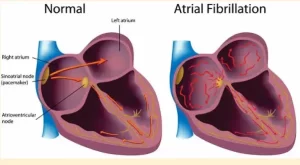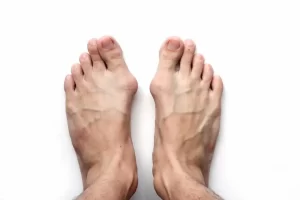By Marcos Otero, Gulf Coast Immediate Care Center, Fort Walton Beach, Florida
This crown is dangerous and is life-threatening. As children, we dream of how it would be to get a crown. This crown is one we DO NOT WANT!
Coronavirus 19 (COVID 19) has raced through the world like wildfire. The virus is in the family of the corona “(crown) virus’,” which is another variant of the cold virus. This strain is different. Since it is new, no one has any immunity or previous exposure to it. Its novelty has caused it to be very infectious and easily spread via touch, cough, and droplets. The virus seeds and affects the respiratory system causing devasting respiratory failure that can cause DEATH. Yes, avoid this crown (Coronavirus).

Every day there is new information on the news about its spread. Reports on how many have contracted it. How many have become ill, and yes, unfortunately, how many have died. The numbers projected are staggering.
Coronavirus disease (COVID-19) is an infectious disease caused by a new virus. “The disease causes respiratory illness (like the flu) with symptoms such as a cough, fever, and in more severe cases, difficulty breathing. Protect yourself by washing hands frequently, avoiding touching your face, and avoiding close contact (2 meter or 6 feet) with people.” Especially those who are elderly or have other comorbid diseases; examples COPD, heart conditions, and cancers.
AVOID THOSE WHO ARE COVID 19 POSITIVE!
It is because of its contagious nature that we hear a new term – “social distancing.”
National, state, and local governments have imposed draconian laws. Some states have restricted citizens from going outside. States have restricted the gathering of groups to be no larger than ten people. Clinics have restricted or changed how they see patients. Beaches, restaurants, and businesses have been forced to close or change how they operate. People have been told to stay home except for essential needs. This precedent is something we could not have imagined before. These are measures used only in the past, we thought. Nevertheless, these are the circumstances caused by the Coronavirus.

These sanctions are in place from what we have learned from history. During the Spanish Flu of 1918, there were no restrictions. That pandemic killed over 500 million people worldwide.
This pandemic of the Coronavirus is dangerous, and as such, we should abide by the restrictions. Nevertheless, some do not. We know it is very contagious as demonstrated by a choir in MOUNT VERNON, Washington with 121 members who decided to hold their practice. Nearly three weeks later, 45 have been diagnosed with COVID-19 or ill with the symptoms, at least three have been hospitalized, and two are dead. Recently, a pastor chose not to social-distance his flock and hold his Sunday services in Tampa. At least 1000 people now run the risk of being infected. Only time will tell.
Yes, SOCIAL DISTANCING and QUARANTINE is there for a reason.
Coronavirus 19 is so new it caught the world unprepared. Typically, first become aware of the disease and identify what is causing it—quickly identified as a Coronavirus; it spread very fast. Next, we create tests to help identify the disease via lab studies. This process can take years to develop a test that is accurate and specific. Next, we build a vaccine to prevent future episodes by providing immunity. Every day effective vaccine advances are tested, but these are not available YET.

Viral cultures available and labs to perform these are limited. Test kits are not widely available yet. The FDA approved a new test. The mass production and distribution of the approved test will take weeks or even months before enough tests are available.
The number of tests currently available is limited. Therefore, there are restrictions or specific qualifications required before testing is allowed. The following questions determine these.
- You have symptoms – fever (100.4 F), cough, shortness of breath.
- You traveled internationally or been on a cruise in the last 14 days and have symptoms.
- You had contact with someone diagnosed with COVID 19?
There are drive-through testing sites. HOWEVER, driving up without First having called the COVID Screening Call center at (850) 746-2684 is not allowed. Driving up without previous approval gets you turned away and denied testing. Testing is limited, so the previously listed requirements must be met.
COVID material changes daily. Test sites also change.
It is best to call one of the following hotlines for the most current information.
Escambia COVID 19 Hotline (850) 595-6500.
Okaloosa COVID 19 Hotline (850) 344-0566.
I will be posting more flyers and information on the web www.conexionflorida.com, as available.
Find more information at http://www.floridahealth.gov.


